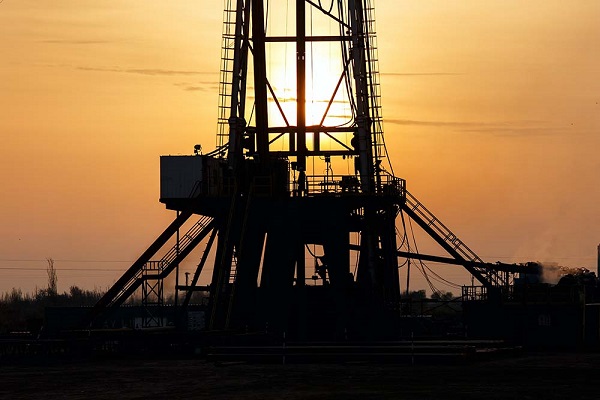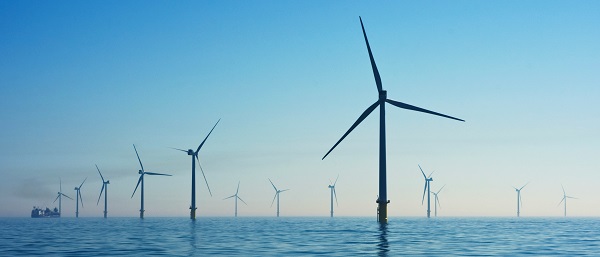By Lee Harding
Must we cancel fossil fuels to save the earth? No.
James Warren, adjunct professor of environmental sociology at the University of Regina said so in a recent paper for the Johnson Shoyama School of Public Policy, a joint effort by his university and the University of Saskatchewan. The title says it all: “Maximizing Canadian oil production and exports over the medium-term could help reduce CO2 emissions for the long-term.”
The professor admits on the face of it, his argument sounds like a “drink your way to sobriety solution.” However, he does make the defensible and factual case, pointing to Canadian oil reserves and a Scandinavian example.
Decades ago, Norway imitated the 1970’s Heritage Fund in Alberta that set aside a designated portion of the government’s petroleum revenues for an investment fund. Unlike Alberta, Norway stuck to that approach. Today, those investments are being used to develop clean energy and offer incentives to buy electric vehicles.
Norway’s two largest oil companies, Aker BP and Equinor ASA have committed $19 billion USD to develop fields in the North and Norwegian Seas. They argue that without this production, Norway would never be able to afford a green transition.
The same could be said for Canada. Warren laid out stats since 2010 that showed Canada’s oil exports contribute an average of 4.7% of the national GDP. Yet, this noteworthy amount is not nearly what it could be.
Had Trans Mountain, Northern Gateway, and Energy East pipelines been up and running at full capacity from 2015 to 2022, Warren estimates Canada would have seen $292 billion Canadian in additional export revenues. Onerous regulations, not diminished demand, are responsible for Canada’s squandered opportunities, Warren argues this must change.
So much more could be said. Southeast Asia still relies heavily on coal-fired power for its emerging industrialization, a source with twice the carbon emission intensity as natural gas. If lower global emissions are the goal, Canadian oil and natural gas exports offer less carbon-intensive options.
China’s greenhouse gas emissions (GHGs) are more than four times what they were in 1990, during which the U.S. has seen its emissions drop. By now, China is responsible for 30% of global emissions, and the U.S. just 11%. Nevertheless, China built 95% of the world’s new coal-fired power plants in 2023. It aims for carbon neutrality by 2060, not 2050, like the rest of the world.
As of 2023, Canada contributes 1.4 percent of global GHGs, the tenth most in the world and the 15th highest per capita. Given its development and resource-based economy, this should be viewed as an impressively low amount, all spread out over a geographically diverse area and cold climate.
This stat also reveals a glaring reality: if Canada was destroyed, and every animal and human died, all industry and vehicles stopped, and every furnace and fire ceased to burn, 98.6% of global greenhouse gas emissions would remain. So for whom, or to what end, should Canada kneecap its energy production and the industry it fuels?
The only ones served by a world of minimal production is a global aristocracy whose hegemony would no longer be threatened by the accumulated wealth and influence of a growing middle class. That aristocracy is the real beneficiary of prevailing climate change narratives on what is happening in our weather, why it is happening, and how best to handle it.
Remember, another warming period occurred 1000 years ago. The Medieval Warming Period took place between 750 and 1350 AD and was warmest from 950 to 1045, affecting Europe, North America, and the North Atlantic. By some estimates, average summer temperatures in England and Central Europe were 0.7-1.4 degrees higher than now.
Was that warming due to SUVs or other man-made activity? No. Did that world collapse in a series of floods, fires, earthquakes, and hurricanes? No, not in Europe at least. Crop yields grew, new cities emerged, alpine tree lines rose, and the European population more than doubled.
If the world warms again, Canada could be a big winner. In May of 2018, Nature.com published a study by Chinese and Canadian academics entitled, Northward shift of the agricultural climate zone under 21st-Century global climate change. If the band of land useful for crops shifts north, Canada would get an additional 3.1 million square kilometers of farmland by 2099.
Other computer models suggest warming temperatures would cause damaging weather. Their accuracy is debatable, but even if we concede their claims, it does not follow that energy production should drop. We would need more resilient housing to handle the storms and we cannot afford them without a robust economy powered by robust energy production. Solar, wind, and geothermal only go so far.
Whether temperatures are warming or not, Canada should continue tapping into the resources she is blessed with. Wealth is a helpful shelter in the storms of life and is no different for the storms of the planet. Canada is sitting on abundant energy and should not let dubious arguments hold back their development.
Lee Harding is Research Fellow for the Frontier Centre for Public Policy.




















